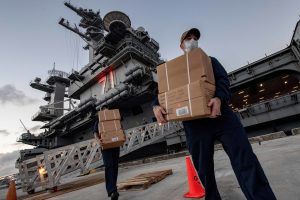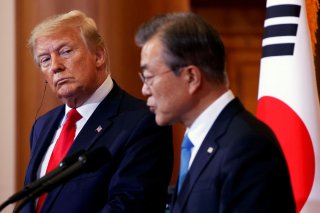Other countries have been using various forms of location- and proximity-tracing to slow the spread of the disease, with widely varying levels of privacy protections.
Americans are being told to stay at home and keep their distance from others in an effort to slow the spread of COVID-19. But for populations that can’t or won’t abide by social-distancing protocols, government officials are considering using smartphone location data to track individuals and how they might be spreading the disease.
During a paper hearing held Thursday—Congress’ social-distancing method, in which written testimony was submitted to legislators, who then asked questions of the witnesses in writing and gave them 96 days to respond—the Senate Committee on Commerce, Science and Transportation heard from big data and privacy experts about the potential uses for location data in staving off a pandemic, as well as the potential damage such systems can do to society as a whole if left unchecked.
In his open remarks, committee Chair Sen. Roger Wicker, R-Miss., cited reports of mobile advertising companies using consumer location data to track the spread of the disease.
















